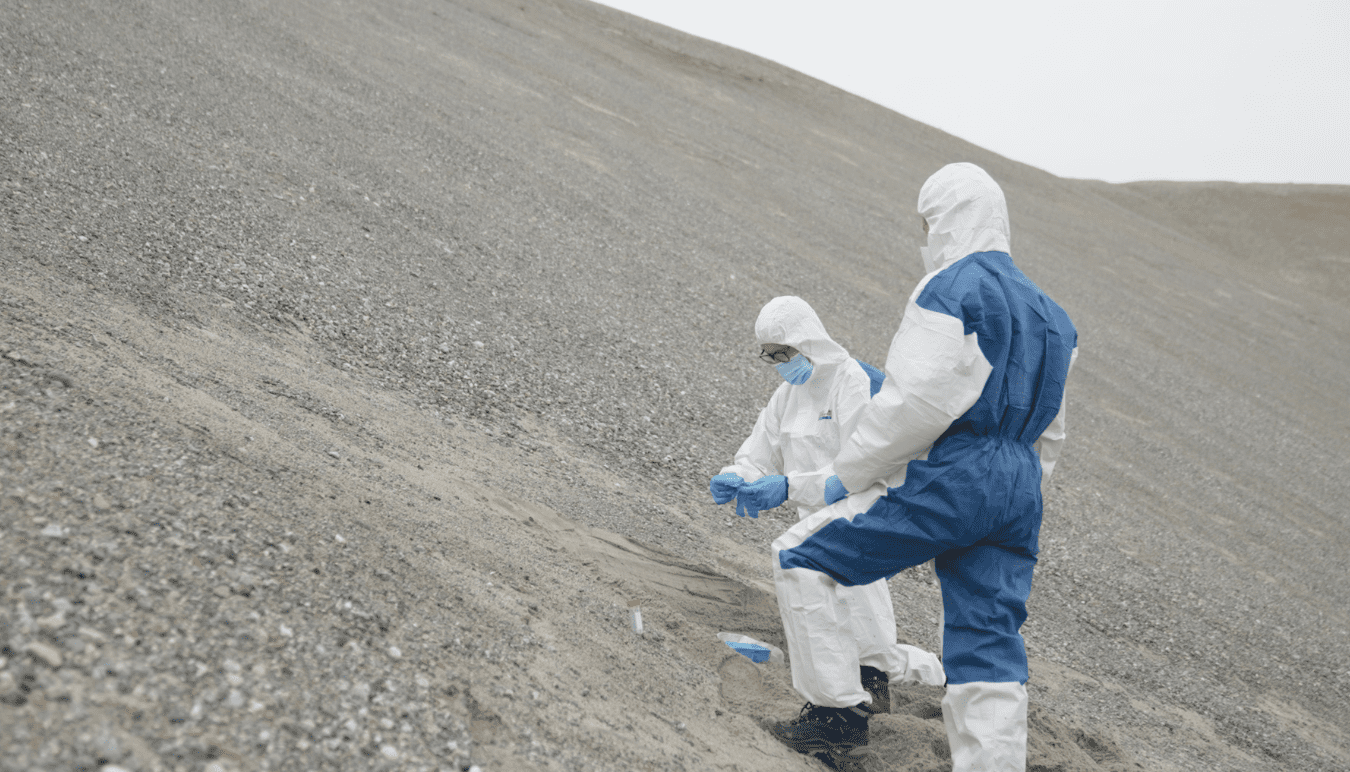The world’s oldest DNA has been recovered from Ice Age sediment in northern Greenland, revealing some surprising insights into this unique ecosystem. The 2-million-year-old genetic material provides a snapshot of a thriving prehistoric ecosystem like nothing we see today, made up of animals including – most unexpectedly – mastodon, an Ice Age elephant-like mammal that’s never been found in Greenland before.
Prior to this discovery, the oldest DNA ever recovered came from a 1.2-million-year-old mammoth bone. This new evidence is almost double that age and wasn’t recovered directly from biological material. Instead, it consists of DNA fragments in sediment that had been locked in the permafrost deep beneath the mouth of a fjord in the Arctic Ocean at Greenland’s northernmost point.
Now the team has blasted past the previous record, they believe it’s opened the door to some exciting possibilities when it comes to sampling ancient environmental DNA.
“In 2005, a year before we took these samples, I published a paper where I claimed DNA can only survive 1 million years – so I was clearly wrong!,” Professor Eske Willerslev, study author and evolutionary geneticist from the Univesity of Copenhagen, said at a press conference.
“I wouldn’t be surprised if it turned out we could go back twice as far back in time,” added Willerslev.

Eske Willerslev and a colleague sample sediments for environmental DNA in Greenland. Image credit: NOVA, HHMI Tangled Bank Studios & Handful of Films
With an unusual blend of temperate and Arctic organisms, nothing like this ecosystem exists today. The basis of the ecosystem was an open boreal forest with a mixed vegetation of poplar, birch, and thuja trees, as well as a variety of Arctic and boreal shrubs and herbs. Among the nine animal taxa discovered here were reindeer, geese, hares, lemmings, Atlantic horseshoe crab, and mastodon.
Mastodons are vast mammals that are very similar in appearance to elephants. They fell into extinction around 11,000 years ago at the end of the Ice Age and were typically found much further south in the world around North America and Central America. Finding genetic evidence as far north as Greenland was, therefore, totally unexpected.
The landmark study also holds some important lessons for the future. At the time this ecosystem was thriving, temperatures were 11 to 19°C (19.8 to 34.2°F) warmer than today. Given this significant temperature difference, the team believes their work could be used to understand how present-day ecosystems will react to climate change.
“We have a genetic roadmap of how ecosystems adapt to climatic change, to warmer climates. If we manage to read this roadmap correctly, it really contains the key to understanding how we can help organisms adapt to a very fast-changing climate,” explained Professor Willerslev.
“One of the key factors here is to what degree species will be able to adapt to the change in conditions arising from a significant increase in temperature,” said Assistant Professor Mikkel W. Pedersen, co-first author on the paper and based at the Lundbeck Foundation GeoGenetics Centre, in a statement seen by IFLScience.
“The data suggests that more species can evolve and adapt to wildly varying temperatures than previously thought. But, crucially, these results show they need time to do this. The speed of today’s global warming means organisms and species do not have that time so the climate emergency remains a huge threat to biodiversity and the world – extinction is on the horizon for some species including plants and trees,” Pedersen continued.
The new study was published in the journal Nature.
Source Link: Earliest DNA Ever Recovered Reveals Strange 2 Million-Year-Old Ecosystem